Martin Scorsese, a seminal figure in American cinema, is renowned for his distinctive directorial style and deeply evocative storytelling. His work, which spans over five decades, displays a profound understanding of human nature and the complexities of life, often set against the backdrop of an American urban landscape. Known for films like Taxi Driver, Goodfellas, and The Departed, Scorsese has gained recognition for his mastery in depicting the gritty realism of life and the darker facets of the human condition.
Scorsese’s filmmaking journey started with his passion for cinema in his early years. His early exposure to films and his experiences growing up in the vibrant, often tough neighbourhoods of New York profoundly shaped his cinematic vision. He pursued film studies at New York University, where he made several short films. His directorial debut, Who’s That Knocking at My Door, set the tone for many of his later films, highlighting themes of Catholic guilt, redemption, and urban alienation.
Scorsese’s films are known for their recurring themes of crime, guilt, redemption, and the search for identity, often explored through complex and flawed characters. For instance, Taxi Driver exposes the underbelly of urban American life through the disturbed psyche of its protagonist, while Raging Bull delves into the self-destructive tendencies of a boxer grappling with his personal demons. Similarly, Goodfellas and The Departed explore the intricacies of organised crime and moral ambiguity, showcasing Scorsese’s penchant for character-driven narratives.
A Cinephile Director
A hallmark of Scorsese’s visual style is his dynamic camera work, often employing tracking shots, freeze frames, and slow motion to create an immersive viewing experience. His use of music, often sourced from his personal collection, acts as a secondary narrative voice, enhancing the emotional depth of his scenes. Furthermore, his collaboration with editor Thelma Schoonmaker has produced a unique rhythm and pace in his films, contributing to his distinctive style.
Scorsese’s influence is not confined to Hollywood but extends globally, shaping the work of many contemporary directors worldwide. Directors like Quentin Tarantino and Bong Joon-ho have cited him as an influence, and his impact can be seen in their narrative style and character development. Scorsese’s films have redefined the gangster genre, influencing numerous crime films and television shows.
His contribution to cinema extends beyond his directorial work. He is also a fervent advocate for film preservation, ensuring that the legacy of cinema is passed on to future generations. Scorsese’s body of work is a testament to his relentless pursuit of cinematic excellence, making him one of the most influential directors in film history.

Martin Scorsese (1942 –)
Calculated Films:
- Mean Streets (1973)
- Alice Doesn’t Live Here Anymore (1974)
- Taxi Driver (1976)
- The Last Waltz (1978)
- Raging Bull (1980)
- The King of Comedy (1982)
- After Hours (1985)
- The Color of Money (1986)
- The Last Temptation of Christ (1988)
- Goodfellas (1990)
- The Age of Innocence (1993)
- Casino (1995)
- Bringing Out The Dead (1999)
- Gangs of New York (2002)
- No Direction Home: Bob Dylan (2005)
- The Departed (2006)
- Shutter Island (2010)
- Hugo (2011)
- George Harrison: Living in the Material World (2011)
- The Wolf of Wall Street (2013)
- The Irishman (2019)
- Rolling Thunder Revue (2019)
Similar Filmmakers

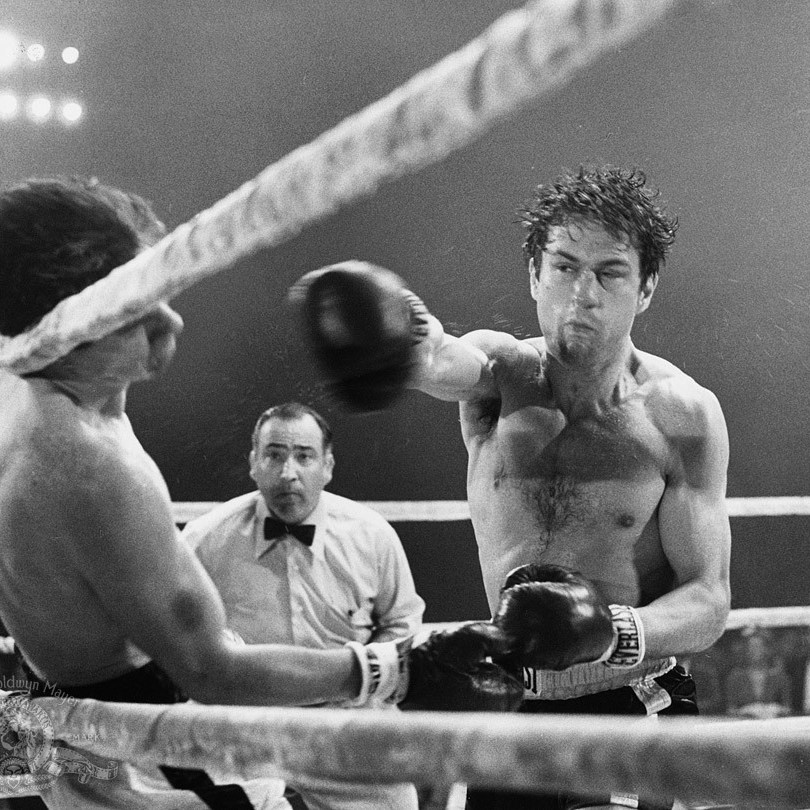

Martin Scorsese’s Top 10 Films Ranked
1. Goodfellas (1990)
Genre: Gangster Film, Biographical, Drama
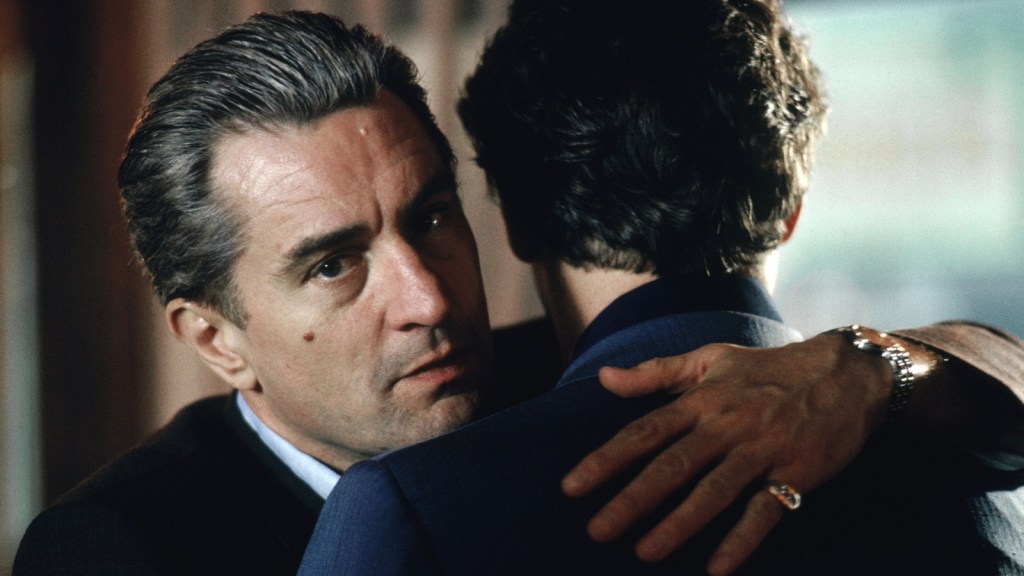
2. Raging Bull (1980)
Genre: Biographical, Sports, Drama
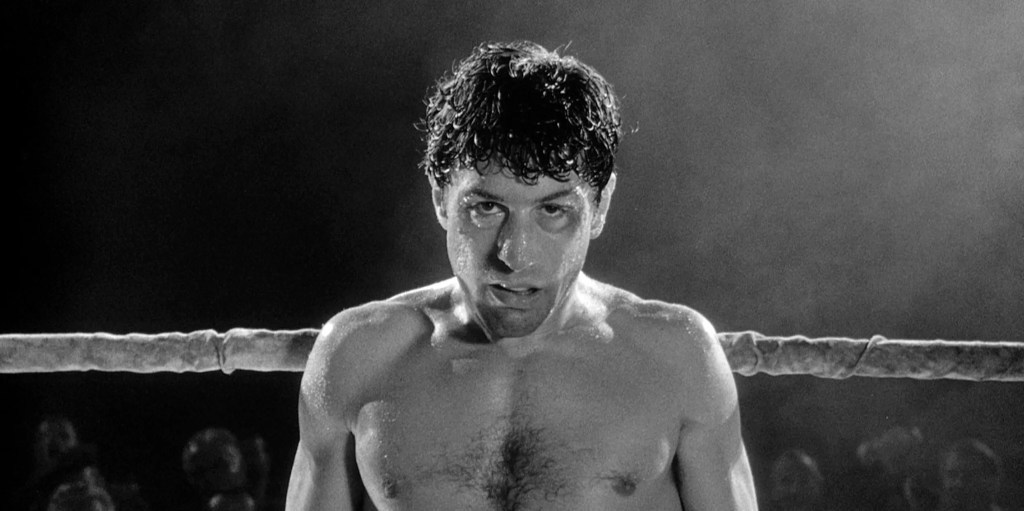
3. Taxi Driver (1976)
Genre: Psychological Drama, Crime

4. Casino (1995)
Genre: Gangster Film, Drama, Period Drama
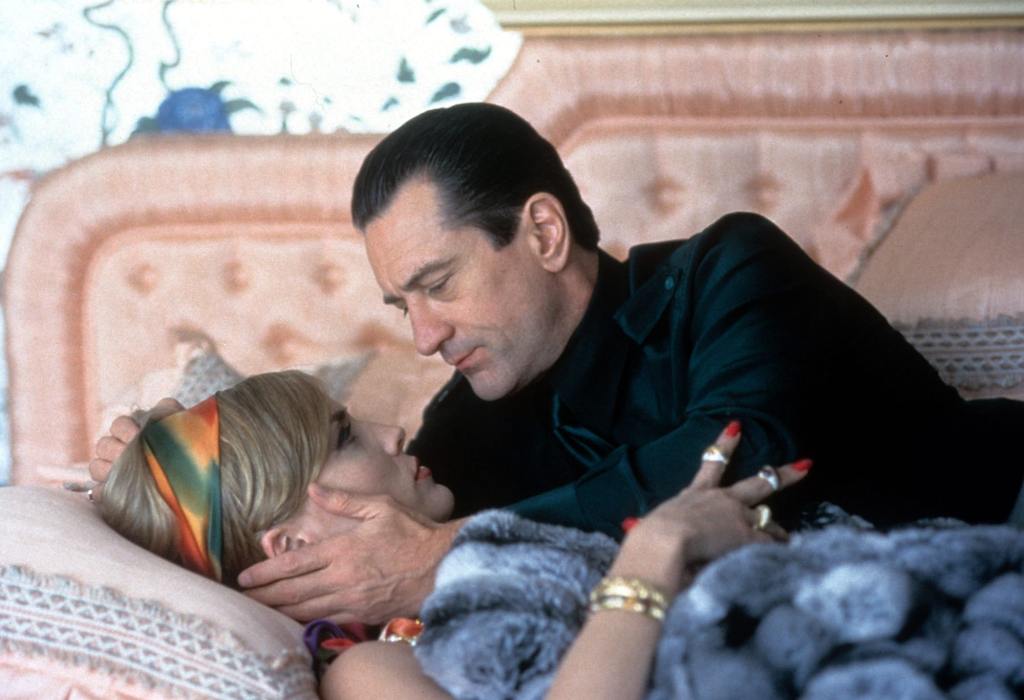
5. The Departed (2006)
Genre: Thriller, Gangster Film, Drama, Crime

6. The King of Comedy (1982)
Genre: Black Comedy, Satire, Drama
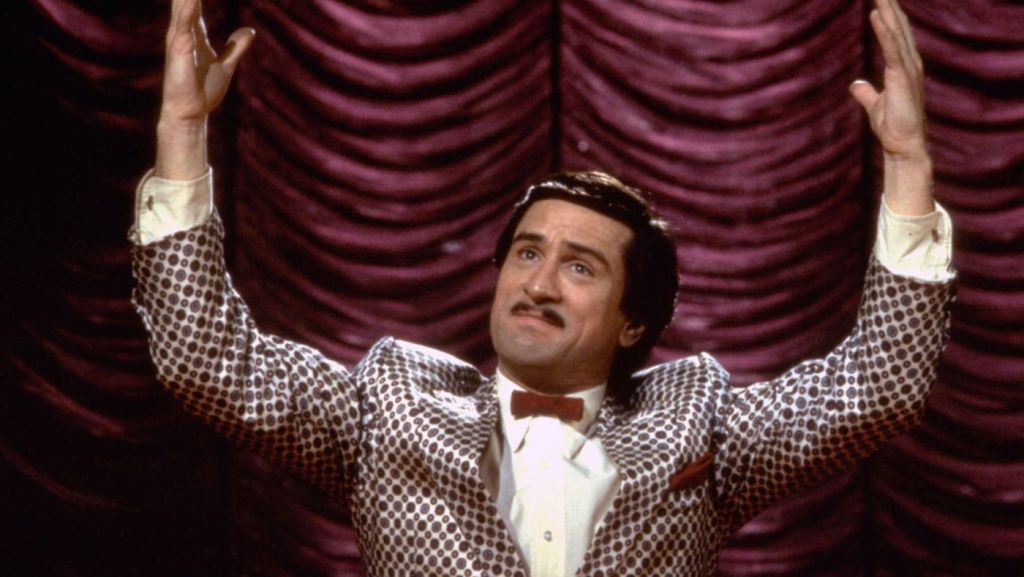
7. The Wolf of Wall Street (2013)
Genre: Black Comedy, Biographical, Crime
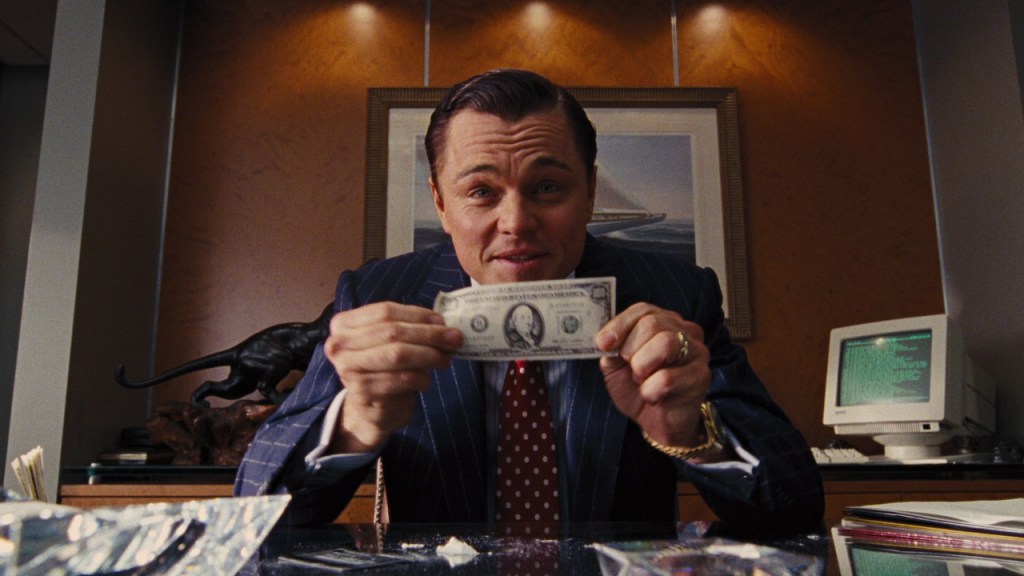
8. After Hours (1985)
Genre: Black Comedy
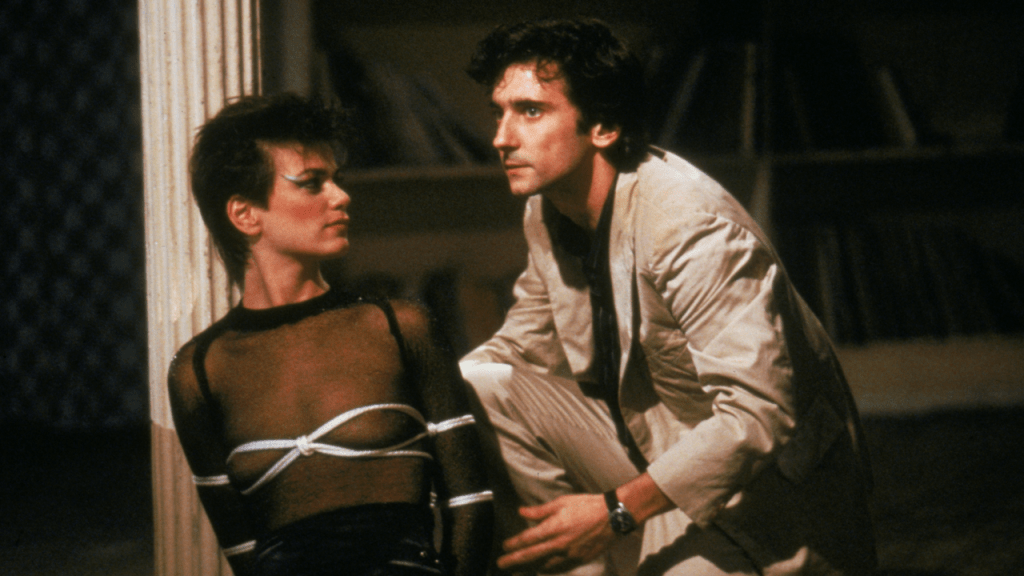
9. The Last Waltz (1978)
Genre: Concert, Rockumentary

10. The Irishman (2019)
Genre: Gangster Film, Biographical
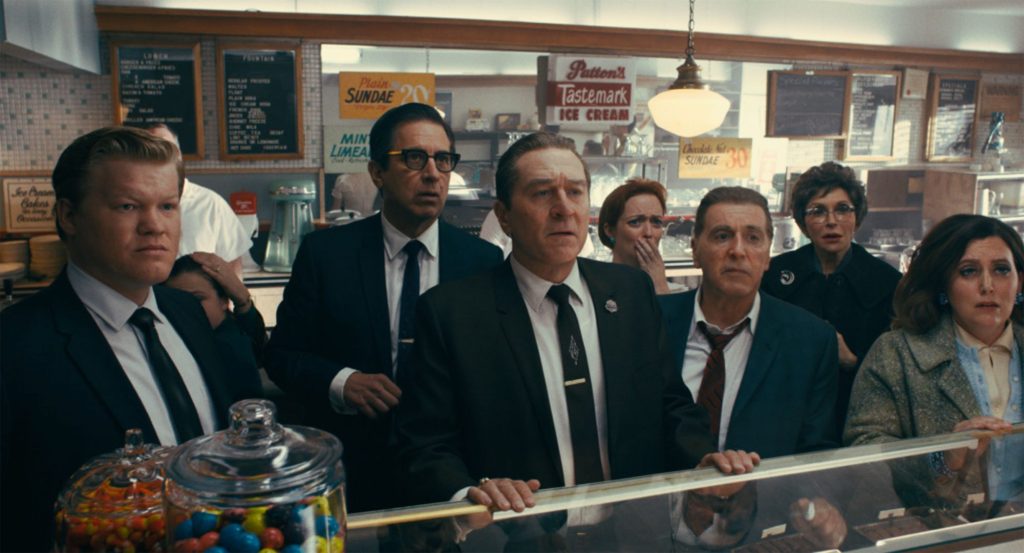
Martin Scorsese: Themes and Style
Themes:
- Crime and Redemption: Scorsese often explores the criminal underworld, focusing on characters seeking redemption amidst violence and chaos. Films like Goodfellas and Casino delve into the lives of mobsters, highlighting their quest for power and the moral costs that come with it.
- Catholic Imagery and Guilt: Raised in a devout Catholic environment, Scorsese infuses his narratives with religious symbolism and themes of guilt, sin, and salvation, as seen in Mean Streets and The Last Temptation of Christ.
- Masculinity and Identity: His works frequently examine the concept of masculinity, with protagonists often grappling with their identities in a tumultuous world. Raging Bull and Taxi Driver are prime examples of this introspection.
- Isolation and Alienation: Characters in Scorsese’s films, like Travis Bickle in Taxi Driver, often confront isolation and societal alienation, reflecting on the darker aspects of human nature and modern life.
- American Dream and Failure: The pursuit of the American Dream and its subsequent failure is a recurring motif, particularly in how it shapes and often destroys lives, as depicted in The Wolf of Wall Street.
Styles:
- Dynamic Camera Work: Scorsese’s films are known for their energetic and innovative camera movements, such as the famous Copacabana tracking shot in Goodfellas, which immerses the viewer in the film’s world.
- Music as Storytelling: He uses contemporary music effectively to set the scene and enhance the narrative. The Rolling Stones and opera are often featured, creating a rich auditory backdrop that complements the onscreen action.
- Non-Linear Storytelling: Scorsese frequently employs non-linear narratives and complex structures, as seen in Casino and The Irishman, to build intricate character studies over different time periods.
- Graphic Violence: His films don’t shy away from the brutal reality of violence, depicted with stark realism and sometimes operatic flair, contributing to the intense emotional impact of his storytelling.
- Quick Cuts and Montages: Scorsese’s use of rapid editing and montage, exemplified in Raging Bull’s boxing sequences, creates a rhythmic and sometimes disorienting effect that mirrors the internal state of his characters.
Directorial Signature:
- Collaboration with Robert De Niro and Leonardo DiCaprio: Scorsese’s frequent partnerships with these actors have become a hallmark of his career, resulting in some of cinema’s most memorable performances.
- Extended Dialogue Scenes: He is known for long, dialogue-heavy scenes that allow characters to fully express their philosophies and conflicts, as in the famous “You talkin’ to me?” scene in Taxi Driver.
- Use of Slow Motion: Scorsese often employs slow motion to highlight a moment’s emotional intensity or significance, adding weight to specific scenes.
- Recurring Collaborators: Beyond actors, he often works with the same crew, including editor Thelma Schoonmaker and screenwriter Paul Schrader, creating a consistent quality and familiarity in his work.
- Religious and Ethical Dilemmas: His films often pose complex moral questions, forcing characters and viewers alike to confront difficult ethical dilemmas rooted in his religious upbringing.
Martin Scorsese: The 4th Greatest Director




